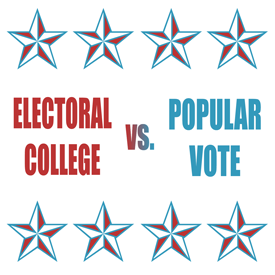In Part I of this series I pointed out that although some of the founders felt the people could be trusted in the direct election of the executive officers, most did not. During the Constitutional Convention of 1787, many ideas were floated as to how to effect their election.
One suggestion was to have the Congress select the president and vice-president. This was dismissed on the grounds that it would make the president beholden to the legislature for his appointment and thereby failed the principle of “separation of powers.”
Another suggestion was to have the executives of the states select the president. It was argued that they would be more acquainted with the traits a “chief executive” would need as they themselves functioned to a lesser degree in that same capacity. This was rejected as it failed the test of “republicanism” – i.e., the people would be too far removed from the process.
The final compromise that we find in Article II Section 1 of the Constitution was to have the state legislatures select “electors” from among their citizens who would in turn vote for the president and vice-president. It was left up to the states to determine the method by which their electors would be chosen, including allowing the people to select them by popular vote (which five states – New Hampshire, Virginia, Delaware, Maryland and Pennsylvania – did in the very first election in which George Washington was chosen President).
This compromise preserved both the concepts of “federalism” (the states choosing the electors) and “republicanism” (the people either voting for the electors directly or having their elected state representatives appoint the electors). By moving the people one step from the selection process it helped alleviate the fear of Elbridge Gerry, a delegate from Massachusetts, which he had expressed during the Constitutional Convention in 1787 that “The people…would be misled by a few designing men.”
These electors were not like those appointed to this task today. They were individuals chosen based upon their maturity and wisdom in the affairs of the nation who would be of a character whose interest was what was best for the country. They were to be individuals who would have the ability to vet those whom they felt were noble candidates for these offices and select the one they felt was best qualified.
Consequently these electors were not part of a political party’s “slate of electors”, nor were they “pledged” to a particular candidate as they are today. They were to be completely independent and thus able to make a choice based upon the qualifications of those considered for the executive offices.
In Part III I’ll examine how we went from this ideal to what we have today.
